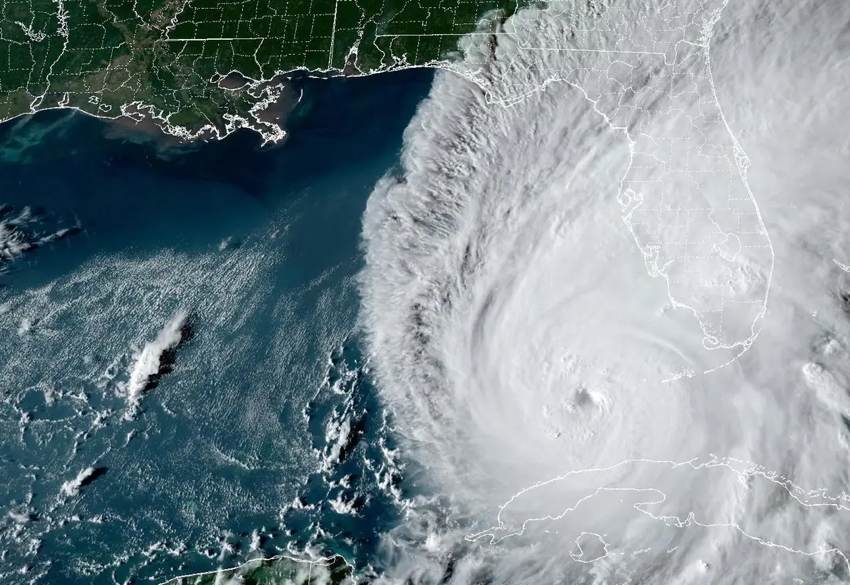Hurricane Ian will add to capital pressure for Florida’s insurers: AM Best

Major hurricane Ian’s impacts and losses are set to add to the capital pressure experienced by Floridian primary insurers and even the state’s new $2 billion Reinsurance to Assist Policyholders program is unlikely to make insurers whole again, given they now lack private reinsurance protection.
This is according to rating agency AM Best, who highlighted the potential for hurricane Ian to drive losses akin to hurricane Andrew, which in today’s money the agency says could be a $30 billion industry loss.
As we explained earlier today, industry loss estimates are coming in a wide range, with from $15 billion to $32 billion seeming the preferred place to start thinking about hurricane Ian, as of this morning.
AM Best explained that hurricane Ian will be a key test for Florida’s $2 billion Reinsurance to Assist Policyholders program, which acts as an additional layer of state-backed reinsurance sitting below the FHCF coverage insurers buy.
AM Best believes the so-called RAP fund could come “under pressure if Hurricane Ian hits densely populated areas such as the Tampa/St. Petersburg area, where homes are larger and the insured value per home is higher.”
A major loss from hurricane Ian could also create additional price pressure in private reinsurance and ILS markets, almost assuring Floridians that the June 2023 renewals will see higher prices again.
“Property insurance in Florida is already a tough market and this impending hurricane looks to make conditions only more demanding,” explained Christopher Graham, senior industry analyst, AM Best. “Reinsurance rates are already increasing and a catastrophic hurricane will likely put more pressure on reinsurers to raise rates.”
AM Best said that a landfall by hurricane Ian in the populous area around Tampa could drive a $30 billion industry loss, akin to Andrew.
There are industry loss estimates now out in the market that show that level of loss from a landfall further south, although with hurricane Ian’s path having slipped further south again towards Fort Myers, at this time, it’s perhaps getting more difficult to compare.
Insurers in Florida are already under severe pressure, with recent hurricanes having dented policyholder surplus by 20% or more and caused a number of failures, while continues high levels of loss experience from secondary peril events are also a key factor.
Add to that the litigation issue, which has yet to be solved, and another major hurricane event for Florida could put insurers under significant additional capital pressure.
Many of the insurers operating in the state of Florida rely on reinsurance and have done for years.
This year, many of these have smaller reinsurance towers than before and while the RAP fund has made up some ground for them, its exclusions and terms may mean its not as robust a protection as traditional reinsurance has been in the past for the Florida carrier cohort.
“Although the reinsurance program provides some capital insulation, it is not expected to make insurers’ programs completely whole, as compared to protection purchased in prior years,” Chris Draghi, associate director, AM Best explained.
“In a hardened reinsurance market where capacity and the cost of coverage has been significantly altered, Hurricane Ian could add to the capital pressure faced by those insurers that are thinly capitalized and have not been able to secure appropriate reinsurance.”
Hurricane Ian is approaching Florida, with impacts already being felt. See the latest tracking maps and forecast information, as well as discussion of the industry loss potential in our latest article.
Also read: Florida’s property insurance crisis raises taxpayer risk from hurricane Ian.






